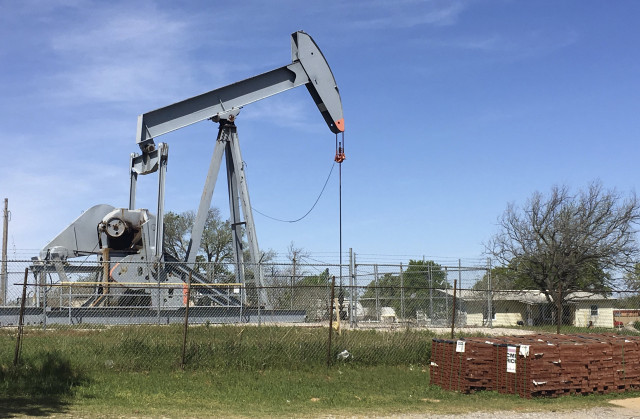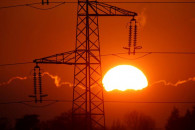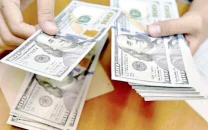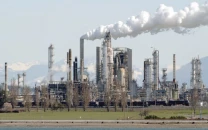Oil slumps 6% amid OPEC+ deal to boost supply, rising Covid cases
Crude producers reached deal to increase oil supply from August to cool prices

Oil prices plunged more than $4 a barrel on Monday, headed for its worst day since March, after OPEC+ agreed to boost output, stoking fears of a surplus as rising Covid-19 infections in many countries threaten demand.
Crude oil's year-long surge has been sputtering for most of the last two weeks with the prospect of new supply undermining the case for higher prices. With the Delta variant of the coronavirus spreading, funds bailed out of long positions on Monday.
Brent crude lost $4.23, or 5.8%, at $69.36 a barrel by 11:08 am EDT (1508 GMT). US oil futures were down $4.56, or 6.4%, at $67.25 a barrel.
The Organisation of the Petroleum Exporting Countries and their allies, known as OPEC+, reached a compromise on Sunday to increase oil supply from August to cool prices, which had hit their highest level this month in more than two years.
"We still face a significant deficit in terms of supply versus demand, but for now, the additional barrels are seen as enough to deflate and kill the recent rally," said John Kilduff, a partner at Again Capital in New York.
Major banks have steadfastly argued that the market will continue to rally, with Goldman Sachs reiterating on Monday that it sees more upside to the market. It said the OPEC agreement was in line with its view that producers "should focus on maintaining a tight physical market all the while guiding for higher future capacity and disincentivising competing investments."
However, the OPEC deal removes more of the supply curbs that have been a cornerstone of the market for a year. At present, OPEC+ is keeping about 5.8 million crude barrels per day out of the market, a figure that will drop by 2 million bpd by year-end.
"Longer-term, free and additional production capacities from OPEC+ countries are the key reason why we see oil moving lower again," said Julius Baer analyst Carsten Menke.
A popular spread trade in the oil market - between the first two December futures contracts, December 2021 and December 2022 - narrowed to the smallest since June 1. The trade is dominated by the view of the economic outlook, forward demand, supply and stocks, and a narrowing spread indicates that traders expect supplies to rise by the end of 2021. REUTERS



















COMMENTS
Comments are moderated and generally will be posted if they are on-topic and not abusive.
For more information, please see our Comments FAQ